Avian Influenza
Highly pathogenic avian influenza, or, as it was termed originally, 'fowl plague', was initially recognised as an infectious disease of birds in chickens in Italy, 1878. In the natural reservoir hosts of avian influenza viruses, wild water birds, the infection generally runs an entirely asymptomatic course as influenza A virus biotypes of low pathogenicity co-exist in almost perfect balance with these hosts. Book provides Introduction, avian influenza: clinical findings and lesions, avian influenza in poultry, airborne transmission of influenza a/H5N1 virus , influenza type a viruses, epidemiology of avian influenza in agricultural system, the mechanism by which influenza a virus nucleoprotein forms oligomers and binds rna, global nature of avian influenza: from H5N1 to H7N9, knowledge and perceptions of highly pathogenic avian influenza (HPAI), avian influenza surveillance and diagnosis, pathogenesis and immunology, inactivation of avian influenza virus in the environment, poultry carcass disposal options, the public health impact of avian influenza viruses, control of low pathogenic avian influenza, avian influenza: prevention and control, strategies for controlling avian influenza in birds and mammals, economic effects of avian influenza, food safety aspects for avian influenza viruses and approaches to controlling the spread of the disease. Avian Influenza will be an invaluable resource book for all veterinarians, scientists, animal health professionals, and public health officials dealing with this virus.
Get it now and save 10%
BECOME A MEMBER

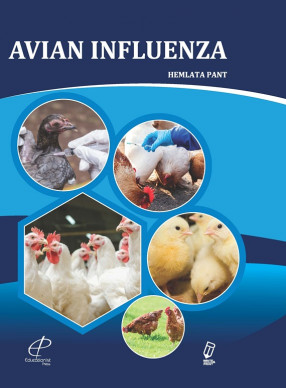
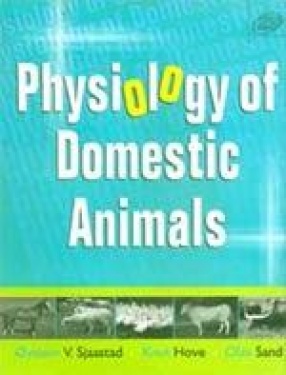
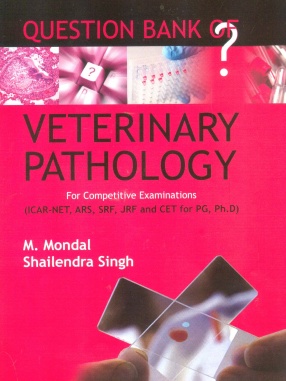
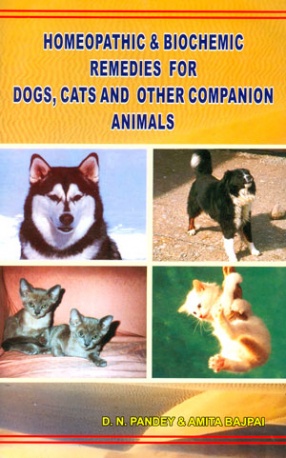
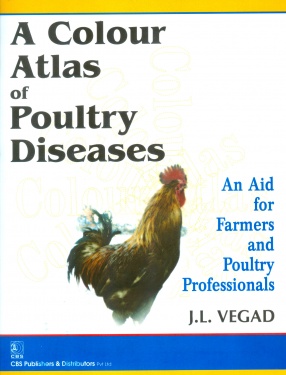

Bibliographic information